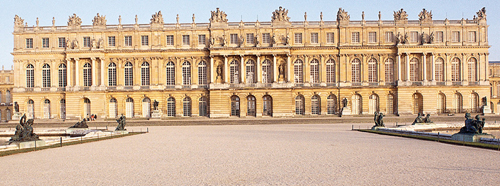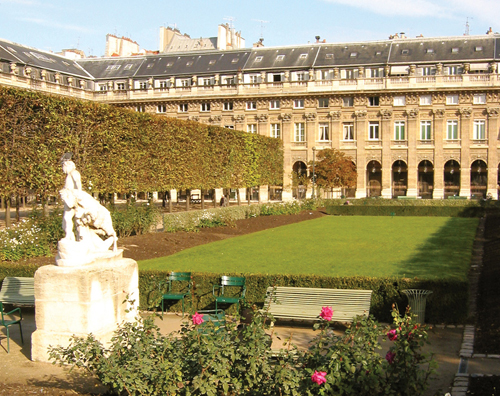Historic Buildings
|
Versailles
Louis XIV turned his father’s old hunting lodge into the largest palace in Europe and moved his court here in 1678. It was the royal residence for more than a century until Louis XVI and his queen Marie-Antoinette fled during the Revolution (see Versailles).

Conciergerie
Originally home to the caretaker and guards of the Palais de Justice, the Conciergerie was turned into a jail at the end of the 14th century. It took its place in history during the Revolution, when more than 4,000 citizens (including Marie-Antoinette) were held prisoner here, half of whom were guillotined. It remained a prison until 1914 (see Conciergerie).
Conciergerie
Palais de Justice
The enormous building that now houses the French law courts and judiciary dates back to Roman times and was the royal palace until the 14th century, when Charles V moved the court to the Marais. During the Revolution, thousands were sentenced to death in the Première Chambre Civile, allegedly the former bedroom of Louis IX (see Palais de Justice).
Palais de Justice

Hôtel Dieu
The Hôtel Dieu, now the hospital for central Paris, was built on the site of a foundling home in 1866–78; the original 12th-century building on the Ile de la Cité was demolished during the urban renewal schemes of the 19th century. A monument in the courtyard commemorates a courageous battle here in 1944 when Paris police held out against the Nazis.
1 pl du Parvis Notre-Dame, 75001

Palais de l’Elysée
This imposing palace has been the official residence of the President of the French Republic since 1873. It was built as a private mansion in 1718 and subsequently owned by Madame de Pompadour, mistress of Louis XV, who extended the English-style gardens to the Champs-Elysées. Napoleon signed his abdication here in 1815.
Hôtel de Ville
Paris’s city hall sports an elaborate façade, with ornate stonework, statues and a turreted roof. It is a 19th-century reconstruction of the original town hall, which was burned down in the Paris Commune of 1871. Though the pedestrianized square in front is pleasant now, it was once the site of gruesome executions: Ravaillac, assassin of Henri IV, was quartered alive here in 1610.
4 pl de l’Hôtel de Ville, 75001
01 42 76 40 40
Open for tours only (booking essential: 01 42 76 54 04)
Free
Hôtel de Ville
La Sorbonne
The city’s great university had humble beginnings in 1253 as a college for 16 poor students to study theology. France’s first printing house was also established here in 1469. After suppression during the Revolution it became the University of Paris (see La Sorbonne).

Palais du Luxembourg
Marie de Médicis had architect Salomon de Brosse model this palace after her childhood home, the Pitti Palace in Florence. Shortly after its completion she was exiled by her son, Louis XIII. It was seized from the Crown during the Revolution to become a prison. The building now houses the French Senate. Nearby is the Musée du Luxembourg.
15 rue de Vaugirard, 75006
01 44 54 19 49
Open for reserved tours only; gardens open dawn-dusk
Admission charge
Palais du Luxembourg



